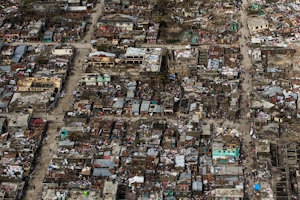Focus areas
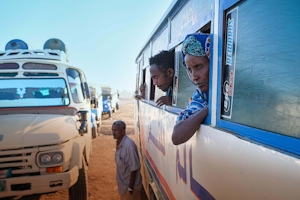
Conflict and violence

Displacement, disasters and climate change

Durable solutions
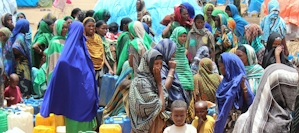
Socioeconomic impacts of internal displacement
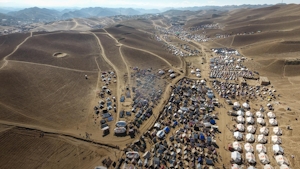
Monitoring progress on internal displacement
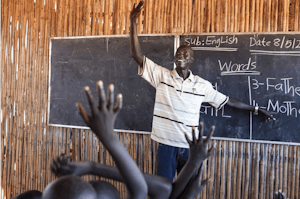
Internally displaced children, youth and education
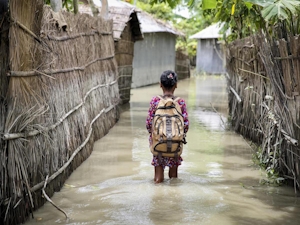
A gender perspective on internal displacement
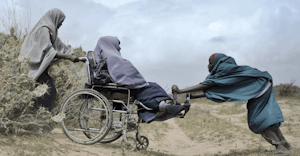
IDPs with disabilities
